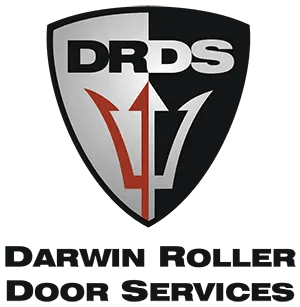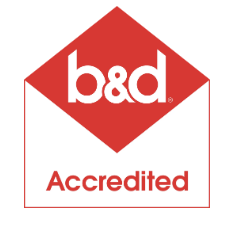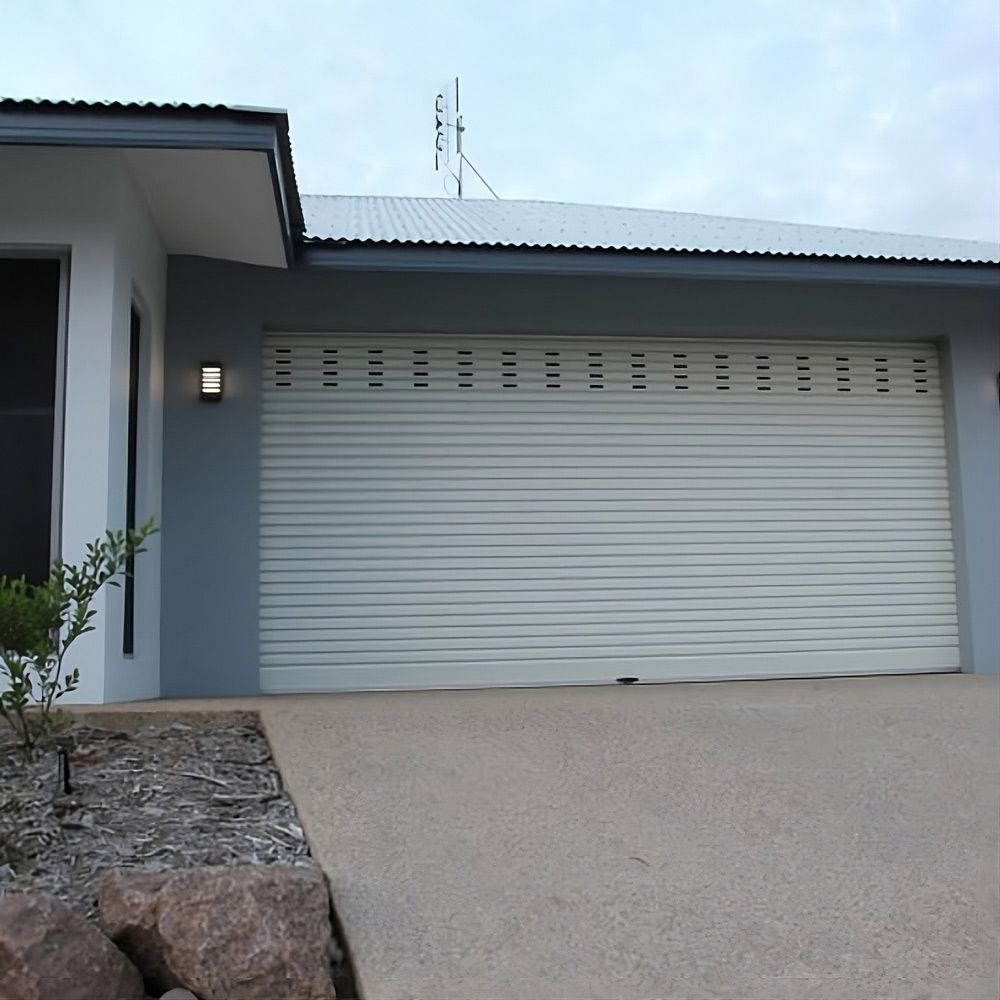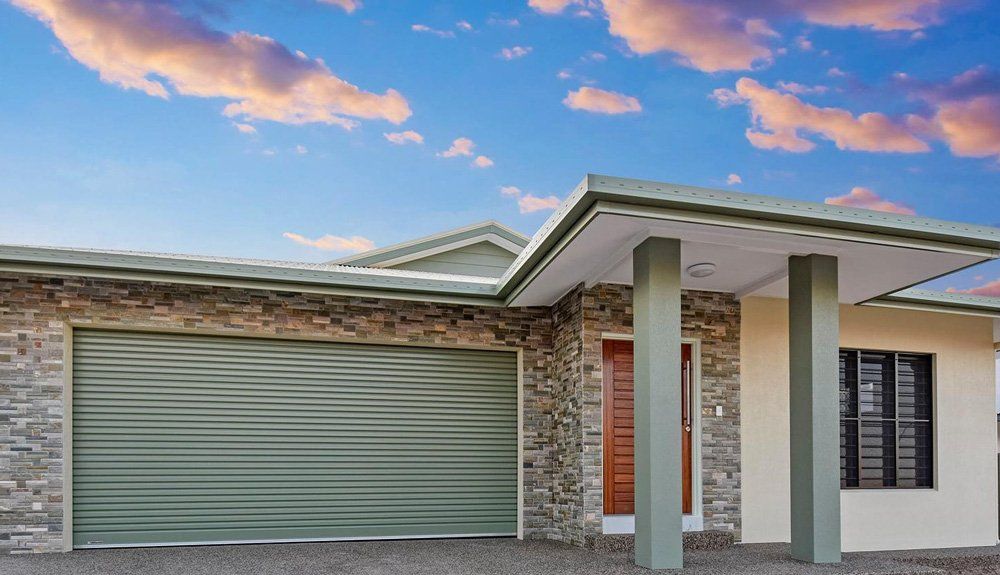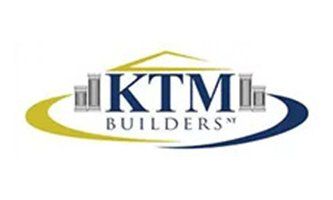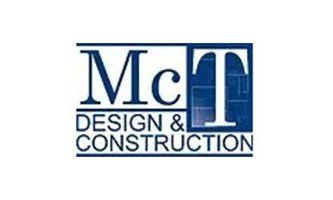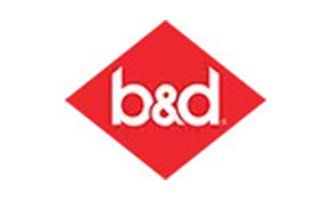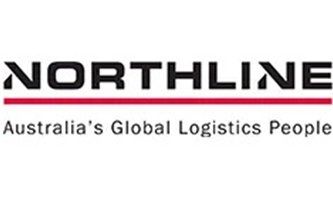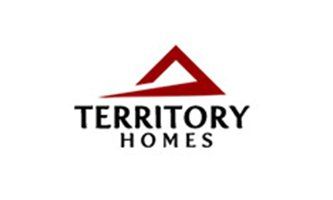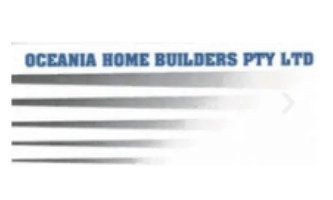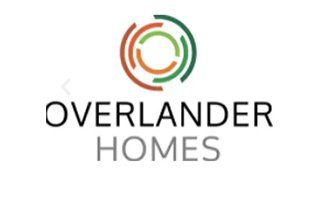Insulated vs Non-Insulated Roller Shutters for Commercial Spaces
Darwin Roller Door Services • September 22, 2025
When it comes to securing a commercial property, roller shutters are one of the most effective solutions available. They provide protection against break-ins, weather and unwanted noise, while also offering privacy and energy efficiency. But not all shutters are created equal. One of the key decisions businesses face is whether to install insulated roller shutters or non-insulated roller shutters.
This guide explores the differences between the two, how each performs, and which might be best suited to your commercial space.
What Are Roller Shutters?
Roller shutters are durable barriers made from horizontal slats that roll up and down to open or close. For commercial properties, they are often installed on shopfronts, warehouses, storage facilities and offices to provide security and environmental control.
The choice between insulated and non-insulated shutters generally comes down to more than just cost. Each type offers specific benefits depending on the nature of the business and its requirements.
Insulated Roller Shutters: Key Features
Insulated roller shutters are designed with a core layer of insulating material between the slats. This construction improves thermal and acoustic performance while still delivering strength and security.
Benefits of insulated roller shutters:
- Temperature regulation: Helps maintain a consistent indoor climate, reducing reliance on air conditioning in hot weather and heating in cooler months
- Noise reduction: Minimises external noise, ideal for offices or businesses operating near busy roads or industrial zones
- Energy efficiency: Lower energy consumption can translate into cost savings over time
- Added strength: The insulation layer can enhance durability, making shutters more robust against damage
Best suited for:
- Offices where staff comfort is a priority
- Retail stores wanting a quiet, climate-controlled environment
- Restaurants, cafes and hospitality venues
- Businesses with temperature-sensitive stock or equipment
Non-Insulated Roller Shutters: Key Features
Non-insulated roller shutters are made from single-layer slats without any insulating core. They are generally lighter and more cost-effective while still providing reliable security.
Benefits of non-insulated roller shutters:
- Affordability: Lower upfront cost makes them attractive for businesses with tight budgets
- Effective security: Provides strong physical protection against break-ins and vandalism
- Durability: Simple design with fewer components means fewer maintenance requirements
- Ease of operation: Lighter construction can make shutters easier to open and close manually
Best suited for:
- Warehouses and storage facilities where temperature control isn’t essential
- Businesses prioritising security at a lower cost
- Car parks, garages and loading bays
- Shops or kiosks where shutters are primarily used after hours
Comparing Insulated and Non-Insulated Roller Shutters
Choosing between insulated and non-insulated shutters often depends on the specific needs of your business. Here are the main factors to consider:
- Performance: Insulated shutters excel at regulating temperature and blocking noise, while non-insulated shutters are simpler but effective for security alone.
- Cost: Non-insulated shutters are generally cheaper upfront, but insulated shutters can deliver long-term savings through lower energy bills.
- Weight and operation: Insulated shutters tend to be heavier, which may require motorised operation, whereas non-insulated shutters are lighter and easier to handle manually.
- Suitability: Think about the daily demands of your business. A warehouse storing non-perishable goods may only need non-insulated shutters, while a customer-facing shopfront will benefit more from insulated shutters.
Cost Considerations: Upfront vs Long-Term Value
For many businesses, cost is the deciding factor. Non-insulated shutters have a clear advantage when it comes to upfront affordability, but that doesn’t always tell the full story.
- Upfront costs: Non-insulated shutters can be 20–40% cheaper to install, depending on size and operation type. This makes them appealing for businesses needing multiple shutters or operating on slim margins.
- Running costs: Insulated shutters help regulate indoor temperature, which can significantly reduce heating and cooling expenses. Over several years, these savings may outweigh the initial price difference.
- Maintenance: Both types require minimal upkeep, but heavier insulated shutters may benefit from motorisation to reduce wear and tear. Motorised systems have their own maintenance requirements, which should be factored in.
Example: A small warehouse might save thousands upfront by choosing non-insulated shutters, while a retail store with constant air conditioning could reduce electricity bills by thousands annually with insulated shutters. The “cheapest” option depends on how your business uses energy.
Real-World Scenarios: Which Shutter Works Best?
To make the decision clearer, here are some practical examples of when each shutter type shines:
- Retail store in a busy shopping strip: Insulated shutters help maintain a comfortable indoor environment for customers, reduce traffic noise and protect stock from heat.
- Industrial warehouse storing building supplies: Non-insulated shutters are sufficient since the goods aren’t temperature sensitive and security is the main concern.
- Cafe with outdoor seating: Insulated shutters help keep the café cooler during the day, reduce external noise from traffic and lower reliance on air conditioning.
- Multi-level car park: Non-insulated shutters offer strong, affordable protection without unnecessary features.
- Office building with client-facing areas: Insulated shutters create a quiet, professional atmosphere, which may improve staff productivity and client comfort.
By matching the shutter type to the actual demands of your business, you can make a decision that balances both performance and cost.
The Importance of Choosing the Right Shutter for Your Business
Installing the wrong type of shutter can result in unnecessary costs or missed opportunities to improve your working environment. For example:
- A retail store may install non-insulated shutters to save money, only to find staff and customers struggle with heat and noise.
- A warehouse may invest in insulated shutters when the space doesn’t need temperature regulation, overspending on features that won’t be fully utilised.
The right choice balances cost, performance and practicality, tailored to how your business operates.
Professional Supply and Installation Matters
No matter which option you choose, professional advice and installation are essential. An experienced provider can:
- Assess your property and recommend the most suitable shutter type
- Ensure shutters meet safety and compliance requirements
- Provide motorisation options for convenience and accessibility
- Deliver long-term reliability through correct installation and aftercare
Investing in quality shutters and professional installation protects your business, ensures smooth operation and reduces maintenance costs down the line.
Need Commercial Roller Shutters in Darwin?
Both insulated roller shutters and non-insulated roller shutters have valuable roles to play in commercial spaces. Insulated shutters are ideal for businesses that need climate control, noise reduction and energy efficiency, while non-insulated shutters are a practical choice for those prioritising security and affordability.
If you’re considering upgrading, professional advice can make all the difference. At Darwin Roller Door Services, we specialise in supplying and installing high-quality commercial roller shutters Darwin businesses can rely on. Whether you need insulated or non-insulated solutions,
our team can recommend the best fit for your space and deliver expert installation for long-lasting performance.
